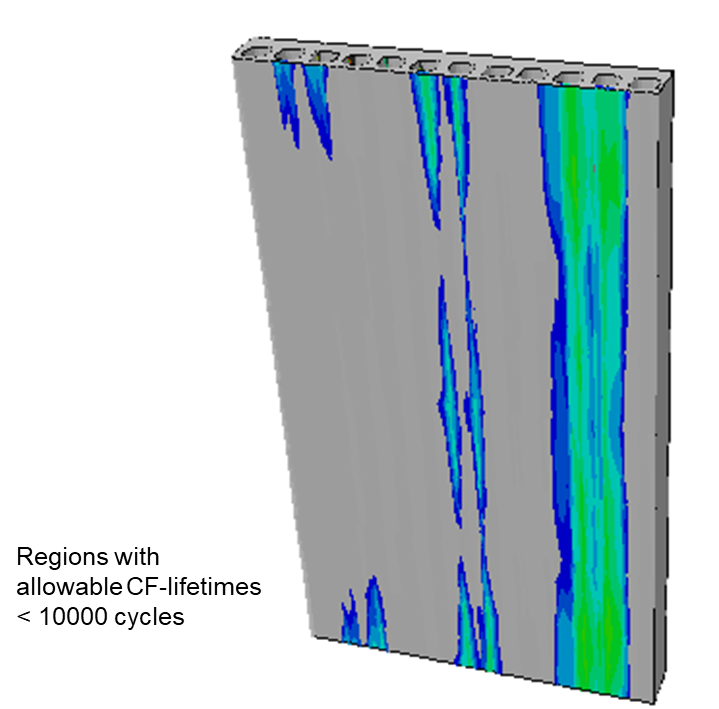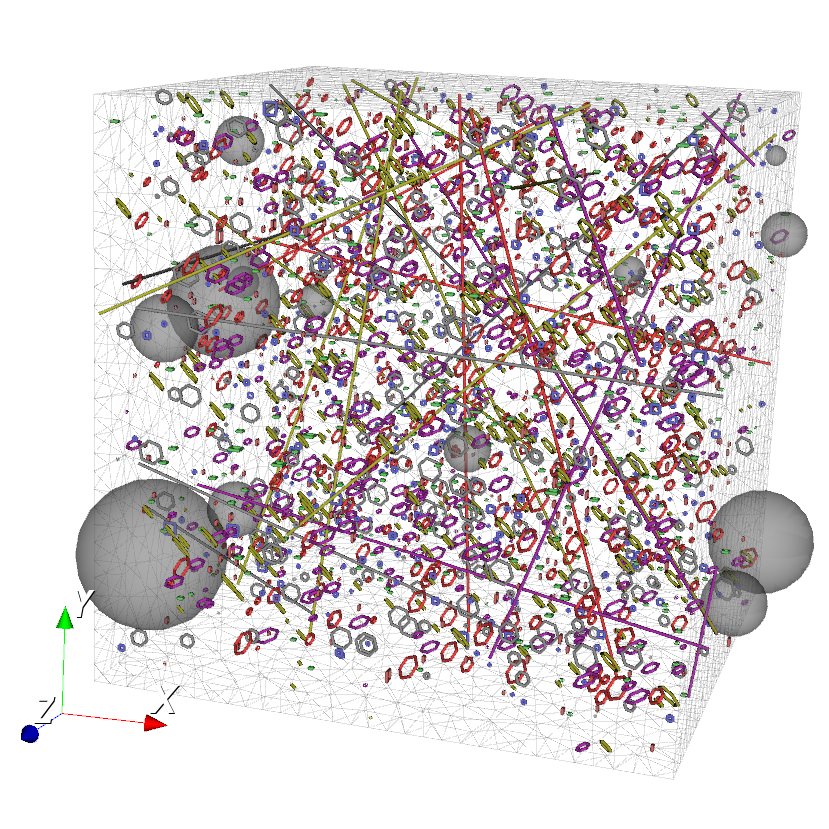Modeling
Our research activities aim at understanding and describing the non-linear mechanical and fracture mechanical behavior of novel materials under extreme application conditions e.g. high temperature and/or high dose irradiation. Proper deformation, damage and crack propagation models are developed within the framework of deterministic as well as probabilistic multi-scale multi-physics approaches and utilized for deriving new design rules. By implementing the models and design rules in commercial finite element codes powerful tools are provided for structure analysis and lifetime assessment of components.
In addition, advanced models are used for the development and optimization of new joining and coating concepts among others by simulating the joining/coating process.
Current research projects
- Modeling of the deformation and damage behavior of RAFM steels under thermo-mechanical low cycle fatigue and high dose irradiation conditions (R. Rajakrishnan, J. Aktaa)
- Characterizing and modeling the low cycle behavior of high entropy alloys (M. Walter, J. Aktaa)
- Development and qualification of rules for design against ratcheting and creep-fatigue in cyclic softening steels under high dose irradiation (J. Aktaa)
- Development and qualification of rules for design against brittle fracture in W/W alloys and irradiated structural materials (M. Jetter, J. Aktaa)
- Implementation of developed design rules in postprocessors of commercial finite element codes for the analysis and assessment of components (R. Rajakrishnan, J. Aktaa)
- Development of codes and standards for EUROFER in view to its application as structural material for the European test blanket modules in ITER (M. Walter, E. Gaganidze, J. Aktaa)


